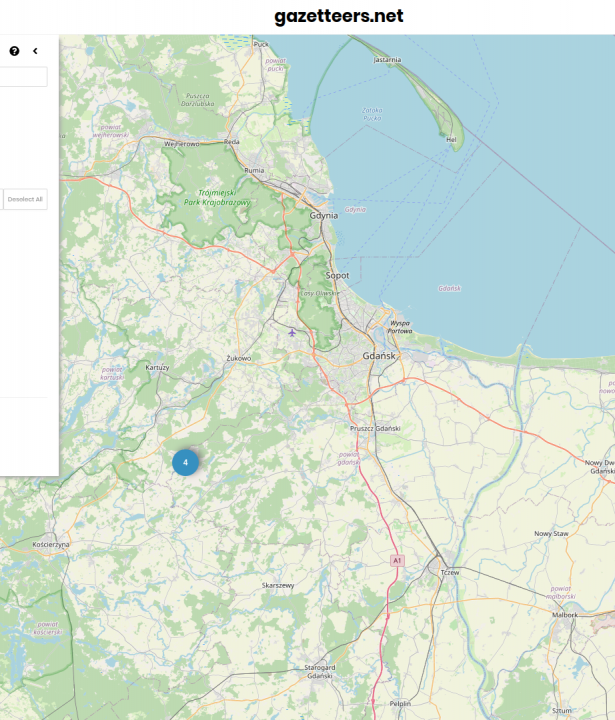Everything at a glance: The Central Description of the Collections of the Herder Institute for Research on Eastern and Central Europe provides a structured overview of the analog and digital collection holdings available at the institute and links to catalogs and inventory databases.
Text
The online database, which was developed as a prototype in 2018 and 2019, is intended to record and describe all relevant holdings of the institute in a structured manner. For example, in addition to the structured and supplementary free-text description of the overall holdings of the Institute's research materials and the holdings of the individual departments, this includes the documentation of selected individual collections such as bequests or corporate archives as well as digital project-based research data.
Text
Special consideration is given to the history of the respective holdings, including their origin, and how they came to be included in the Institute's collections. The holdings are often divided among various departments at the institute, such as the research library or the scientific collections. The central inventory description allows them to be described for the first time in a coherent way and their metadata virtually merged, apart from the department-specific catalogs and inventory databases. In this way, not only the multidisciplinary character of the institute is taken into account, but also the variety of different types of materials, objects and sources: these range from books, periodicals, press clippings and music, to image media in various forms, maps, handwritten documents and digital research data.
Text
Each entry of the Central Inventory Description consists of up to eight headings that describe the respective inventory in a structured and standards-based manner that is readable for people and machines. These include:
- the inventory title and a description of the contents,
- lists of the materials, object and source types contained,
- references to catalogs and databases,
- references to other, in-house or external holdings,
- detailed geographical, thematic, linguistic and subject indexing,
- dating in terms of content or form,
- references to persons and entities ,
- structured records on the origin and history of holdings, supplemented by free texts,
- references and information on contextual materials (such as references to relevant publications, presentations or research projects),
- images of selected stand-out artefacts from the respective holdings,
- and detailed information on the data set and its editors.
Text
The Central Inventory Description data model is based on the XML harvesting format LIDO (Lightweight Information Describing Objects). The definition of "holding" follows the E78 Curated Holding class of the CIDOC CRM ontology. Geographical names and place names, names of persons, names of corporate bodies and institutions, and the keyed subject terms are mapped to the Common File of Standards (GND) as much as possible. All records in the database are provided in German and English and can be searched via a full-text search as well as via identification numbers of the GND.
Externe Links
External Image





